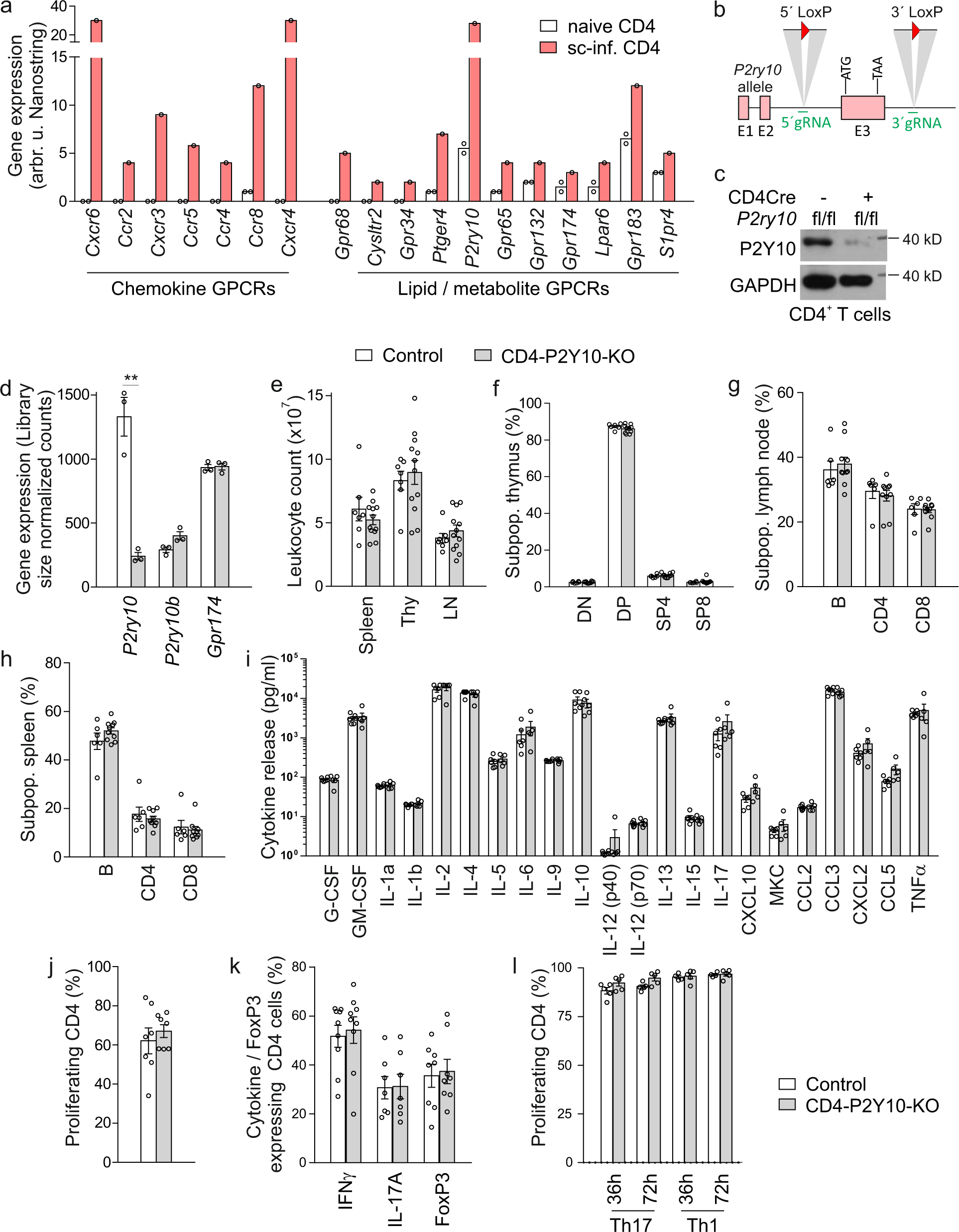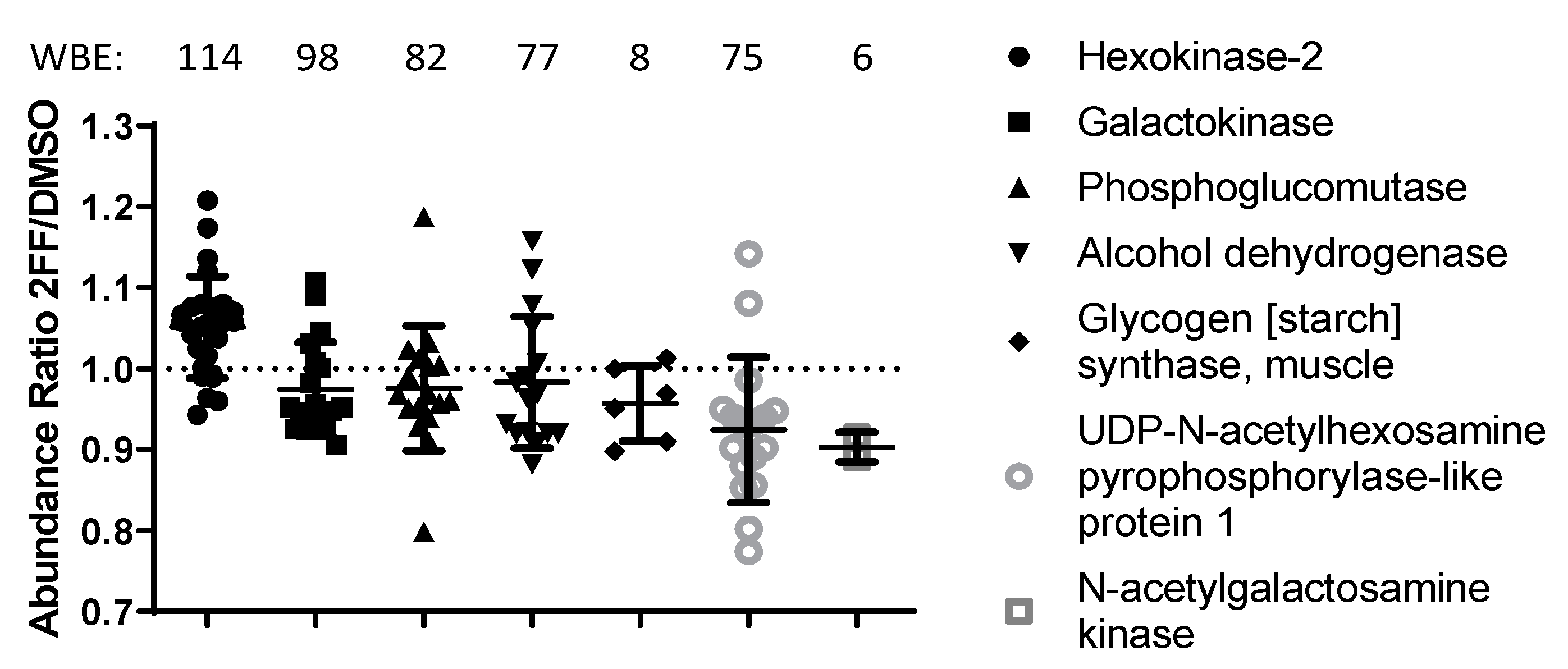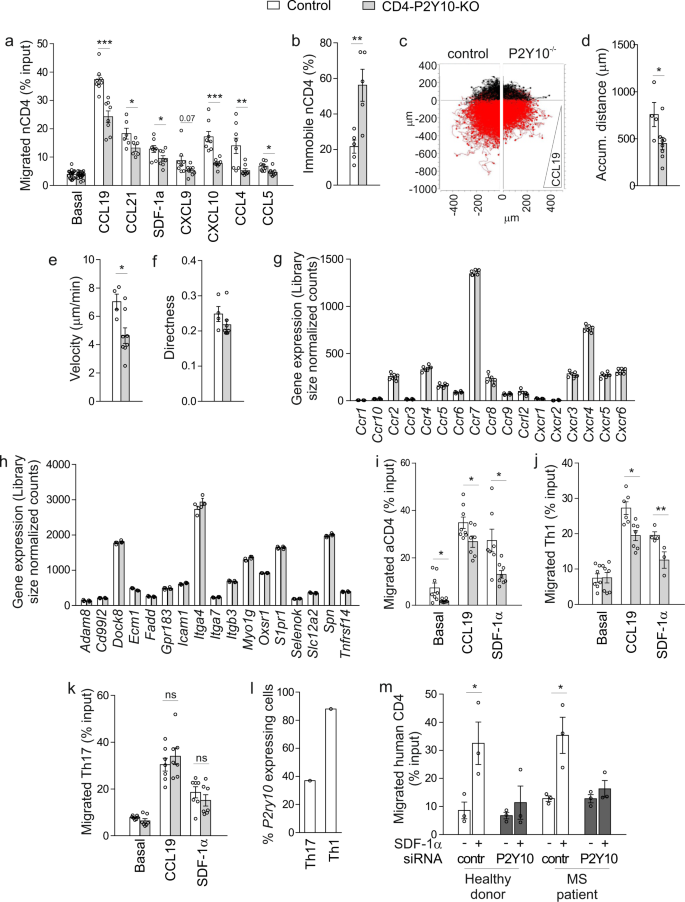
Antioxidants | Free Full-Text | β Boswellic Acid Blocks Articular Innate Immune Responses: An In Silico and In Vitro Approach to Traditional Medicine

Single-cell profiling reveals heterogeneity and functional patterning of GPCR expression in the vascular system | Nature Communications

PDF) Dose-dependence of chemical carcinogenicity: Biological mechanisms for thresholds and implications for risk assessment

Selective antisense oligonucleotide inhibition of human IRF4 prevents malignant myeloma regeneration via cell cycle disruption - ScienceDirect
Evaluation of potential effects of Plastin 3 overexpression and low-dose SMN-antisense oligonucleotides on putative biomarkers in spinal muscular atrophy mice | PLOS ONE

G-protein-coupled receptor P2Y10 facilitates chemokine-induced CD4 T cell migration through autocrine/paracrine mediators | Nature Communications
Vesicles Shed by Pathological Murine Adipocytes Spread Pathology: Characterization and Functional Role of Insulin Resistant/Hype

Selective antisense oligonucleotide inhibition of human IRF4 prevents malignant myeloma regeneration via cell cycle disruption - ScienceDirect

Biomedicines | Free Full-Text | NF-κB Signaling Is Regulated by Fucosylation in Metastatic Breast Cancer Cells

Insulin Receptor Associates with Promoters Genome-wide and Regulates Gene Expression - ScienceDirect

FMRP has a cell-type-specific role in CA1 pyramidal neurons to regulate autism-related transcripts and circadian memory | eLife

G-protein-coupled receptor P2Y10 facilitates chemokine-induced CD4 T cell migration through autocrine/paracrine mediators | Nature Communications

![Profiling transcriptomes of human SH-SY5Y neuroblastoma cells exposed to maleic acid [PeerJ] Profiling transcriptomes of human SH-SY5Y neuroblastoma cells exposed to maleic acid [PeerJ]](https://dfzljdn9uc3pi.cloudfront.net/2017/3175/1/fig-3-2x.jpg)


